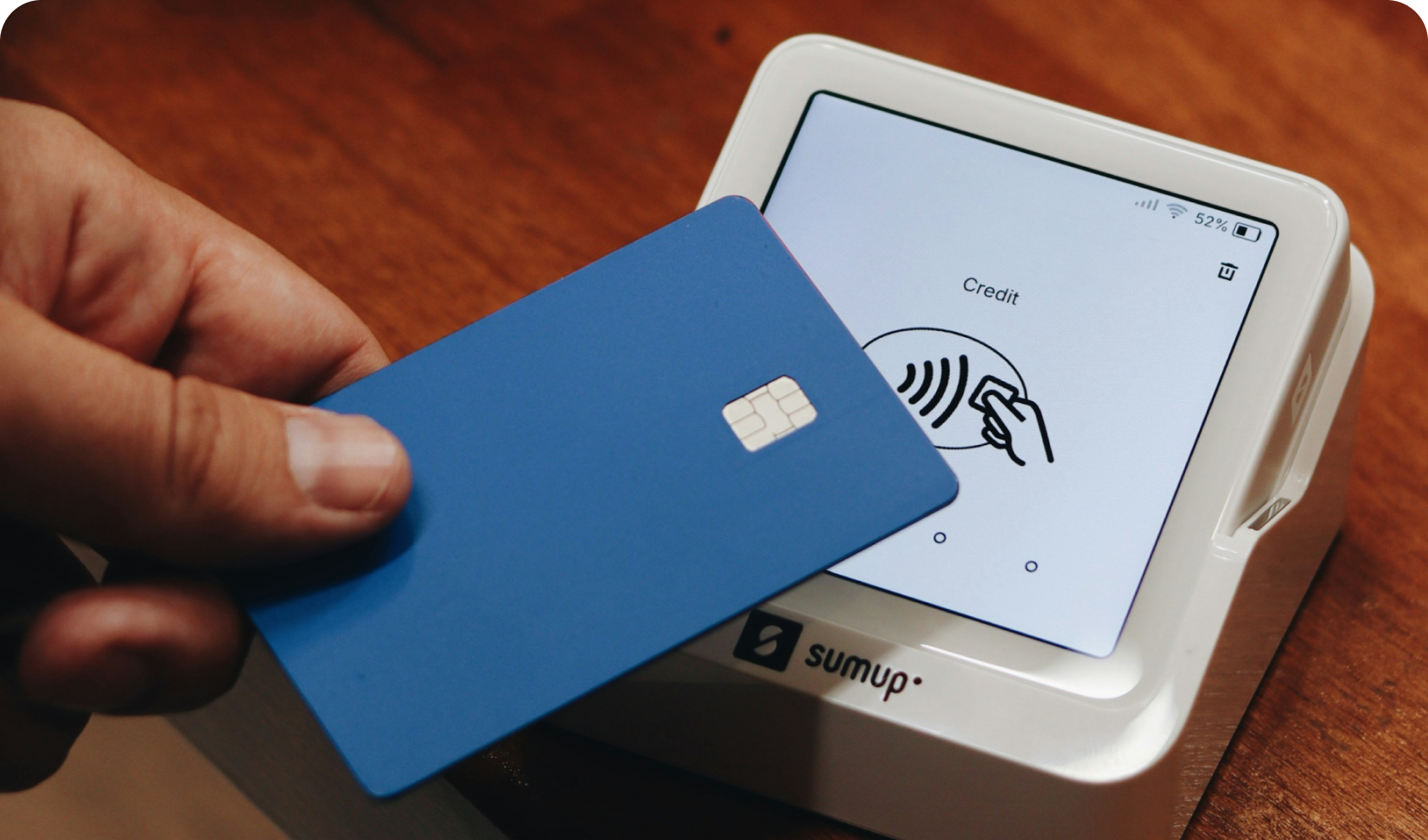Smart buying moments: How CEPs grow your brand
Appinio Research · 14.10.2025 · 6min read

Content
Today, it is no longer enough for your brand to simply be "known" to be strong. It's about being present in the consumer's mind at the decisive moment. We call this concept mental availability. It means that your brand is the first choice for relevant purchasing decisions - and this is exactly where category entry points (CEPs) come into play.
CEPs in everyday life: understanding the invisible trigger points
Category entry points are specific situations that represent the entry point into a category. They are the moments, occasions, places, motivations and needs at which a brand could enter the consumer's consciousness. Imagine this: It's Friday afternoon, you're thinking about what to eat for dinner - this thought is a CEP for the "quick dinner" category.
Or you want to cook something healthy quickly and need ideas for vegetables. A brand that gets stuck in the consumer's head as a solution at this moment has a decisive advantage.
CEPs are the invisible triggers that make consumers think about a certain category or buy a product. Brands that manage to anchor themselves in the memory with these "trigger points" increase the likelihood that they will be recalled in various purchasing situations, which in turn promotes the purchase.You probably also have brands that you prefer alone in front of the TV and others for a nice evening with friends.
From insight to strategy: How to implement CEP findings
Understanding your relevant CEPs is the first step. The next and crucial one is to turn these insights into actionable marketing strategies.
-
Strategic alignment of communication: Analyse which CEPs are most important for your brand and your goals. Then adapt your advertising messages and campaigns specifically to these situations.
For example, if you are promoting a frozen pizza, don't just focus on the product benefits, but on how it makes a "quick dinner after a long day at work" or a "cosy movie night with friends" perfect. Your message should speak directly to these specific occasions.
-
Product development and placement: CEP insights can even help you develop new products. Are there unmet needs in certain buying situations? Or how can existing products be optimally placed to appeal to precisely these CEPs - be it on the supermarket shelf or prominently in the online shop?
If consumers are looking for a "supermarket with the cheapest prices" or want to "buy ready meals", your brand needs to be present and relevant here.
-
Channel-specific customisation: Not all CEPs are equally relevant for every channel. A brand that is active in e-commerce must occupy different CEPs digitally (e.g. "I want to shop online", "quickly manage a subscription") than a brand that relies heavily on stationary retail ("I'm looking for offers", "need something for a spontaneous picnic"). Adapt your approach and your channel strategy accordingly to the identified CEPs.
Case study spotlight: How it works in practice
Our example with McCain shows what this can look like in practice. Find out how McCain has effectively expanded its brand strength by understanding and utilising mental availability and CEPs. This case study provides you with in-depth insights into how theoretical concepts can lead to practical success.
Read here how McCain utilised its brand strength.
The benefits at a glance: Your added value through CEPs
Targeted work with CEPs offers you tangible benefits:
More targeted budget allocation: you know exactly when and where your brand really needs to be relevant. This avoids wastage and makes your marketing budget more efficient.
Stronger emotional connection: By linking your brand to the real needs and situations of your target group, you create more relevant experiences and a deeper connection.
Measurable success: Insights from CEP analyses are directly actionable and can be translated into concrete measures, which in turn translate into market share and sales.
Competitive advantage: Be one step ahead of your competitors. If you understand and serve the real buying motives of your target group, you will establish your brand as a top-of-mind solution for a variety of situations.
Conclusion on category entry points
Category entry points are far more than just a theoretical marketing concept. They are the compass that helps you to steer your brand precisely through the complex purchasing decision processes of your consumers. By identifying the relevant buying moments and linking your brand to them in a targeted manner, you not only secure attention, but above all sustainable growth and real impact.
Use these insights to sharpen your strategy and anchor your brand in consumers' minds in the long term. The Appinio Mental Availability Monitor helps you to discover the CEPs of your category!
Get facts and figures 🧠
Want to see more data insights? Our reports are just the right thing for you!


